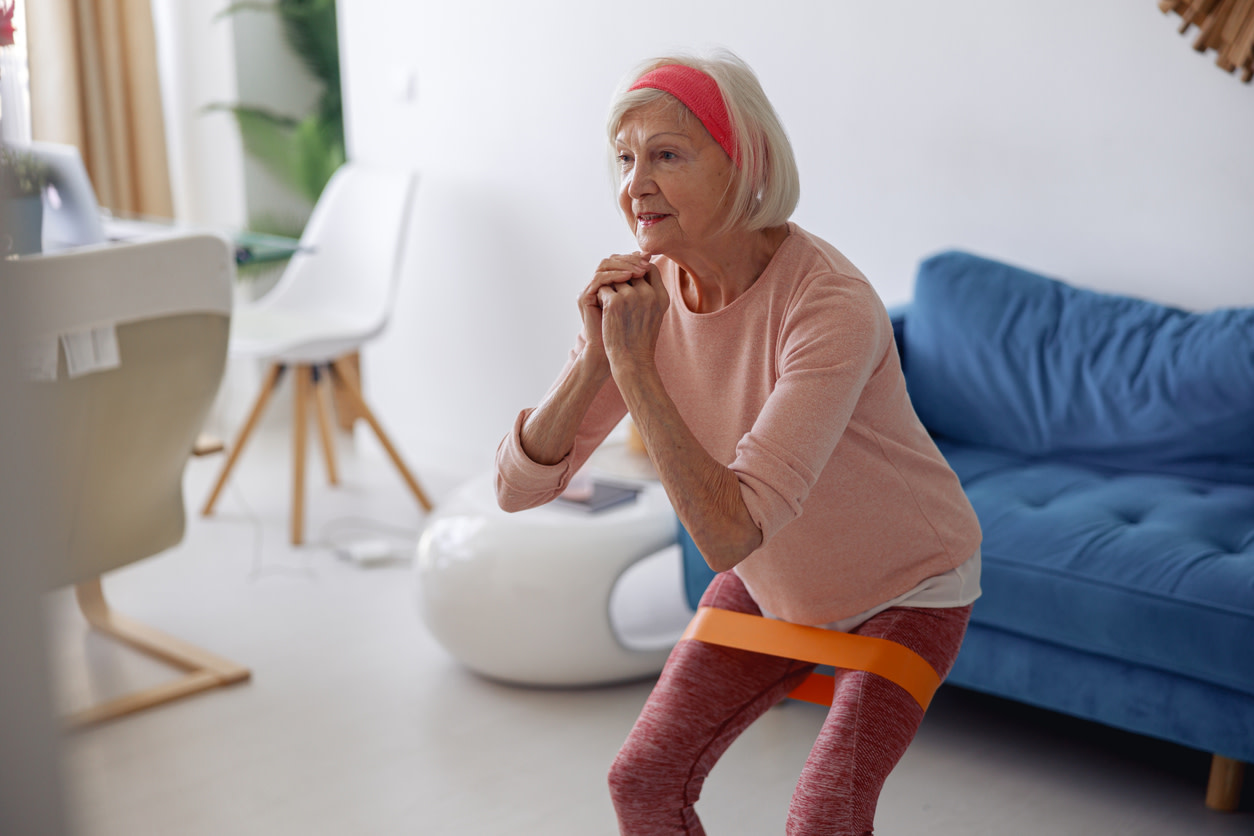Osteopenia: What It Is and How to Treat It
Learn more about osteopenia and what you can do to slow or prevent bone loss with tips and exercises from physical therapists.
$0 costo para usted
Última actualización: Oct 23, 2025
El índice
Exercises for Osteopenia
¿Quieres atención de expertos? Consulta si estás cubierto por nuestro programa gratuito →- Banded Bent Over Rows
- Standing Banded Bilateral Overhead Press
- Banded Squats
- Banded Bent Over Hip Extension
- Banded Bridge
